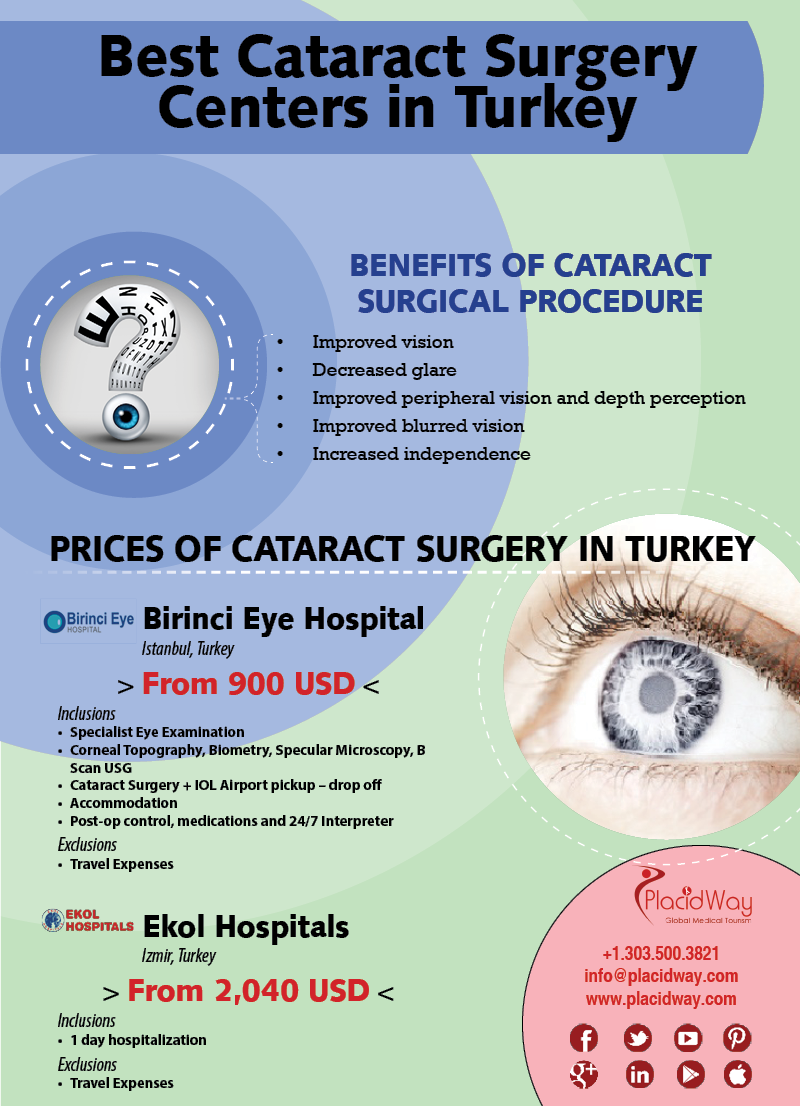Refractive Lens Exchange: A Considerable Handbook For Ideal Vision
Refractive Lens Exchange: A Considerable Handbook For Ideal Vision
Blog Article
Published By-Mitchell Hemmingsen
If you're over 40 and struggling with vision concerns like hyperopia or nearsightedness, Refractive Lens Exchange (RLE) may be worth taking into consideration. This procedure changes your natural lens with a synthetic one, possibly lowering your dependancy on glasses. While the advantages are appealing, it's vital to comprehend the risks and qualification demands. What should you recognize prior to choosing that could alter your vision for life? Allow's explore this subject further.
Comprehending Refractive Lens Exchange
Comprehending Refractive Lens Exchange (RLE) can be crucial for those taking into consideration vision adjustment choices.
RLE is a procedure that replaces your eye's natural lens with a synthetic intraocular lens. It's primarily targeted at remedying severe refractive errors, such as hyperopia, myopia, or presbyopia.
Throughout the treatment, your surgeon will certainly eliminate your over cast or clear lens and change it with a lens customized to your vision needs. This alternative is commonly thought about for people over 40 that might not appropriate candidates for LASIK.
By picking RLE, you're not just boosting your vision; you're additionally potentially reducing your dependancy on glasses or call lenses.
Understanding exactly how RLE works will certainly equip you to make educated decisions regarding your vision wellness.
Conveniences and Risks of RLE
Selecting RLE not just supplies a possibility to improve your vision yet also features its own set of benefits and dangers.
One substantial benefit is the potential for more clear vision, reducing or eliminating your dependancy on glasses or get in touch with lenses. You might additionally experience a broader range of vision, especially if you choose multifocal lenses.
Nonetheless, there are threats involved, such as infection, issues throughout surgical procedure, or dissatisfaction with the results. Some clients experience aesthetic disruptions like halos or glare.
It's vital to evaluate these advantages and dangers carefully. Consulting with your eye treatment expert can help you make an informed decision that lines up with your vision goals and way of life.
Qualification Criteria for Refractive Lens Exchange
Prior to taking into consideration Refractive Lens Exchange (RLE), it's critical to establish if you fulfill the eligibility standards. Typically, you're a good candidate if you're over 40 years of ages and have a secure prescription.
cataract surgery at age 48 should additionally be experiencing refractive errors like myopia, hyperopia, or presbyopia. https://dominickjeyws.bloggerswise.com/43125302/discover-the-methods-which-your-dietary-preferences-and-day-to-day-practices-can-influence-the-outcomes-of-your-glaucoma-therapy to have healthy and balanced eyes without any substantial diseases, such as cataracts or glaucoma.
In addition, you should remain in great total health and not have any kind of problems that might affect healing, like unchecked diabetes mellitus. If https://jamaica-gleaner.com/article/health/20190327/am-i-too-old-have-lasik-surgery use call lenses, you may need to quit using them for some time prior to your assessment.
Consulting with an eye treatment expert will assist you recognize your details circumstance and whether RLE is right for you.
Verdict
To conclude, refractive lens exchange can change your vision and minimize your reliance on glasses or get in touches with. While it offers various benefits, it's important to comprehend the threats and ensure you satisfy the qualification standards. Consulting with an eye care specialist will certainly aid you make an informed decision customized to your needs. If you're thinking about RLE, take the time to discover your choices and review any worries, paving the way for more clear, a lot more lively sight.
